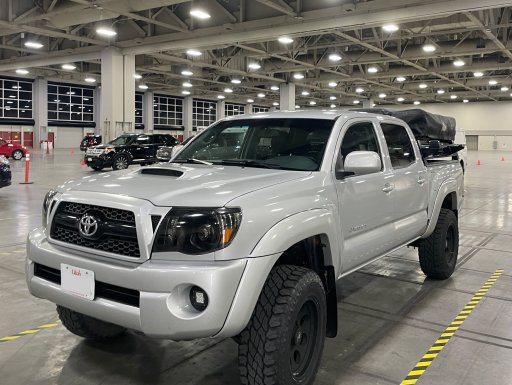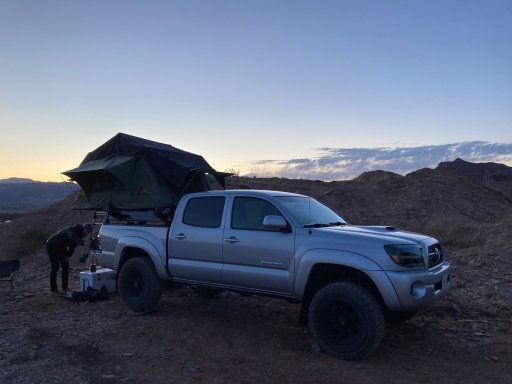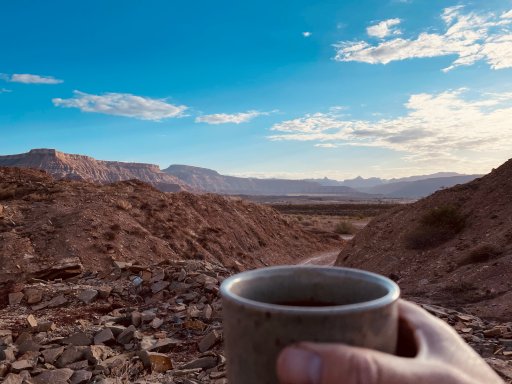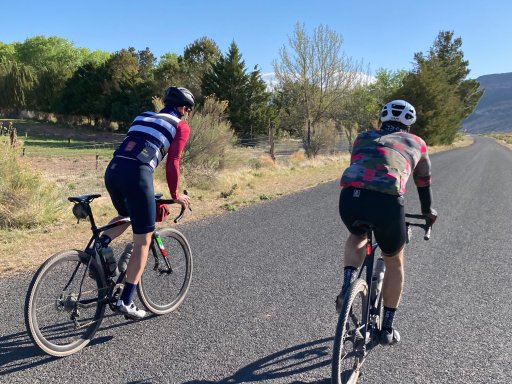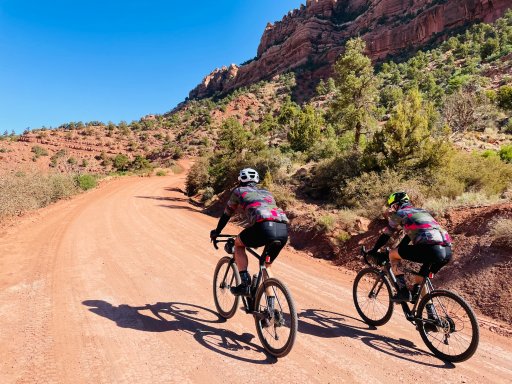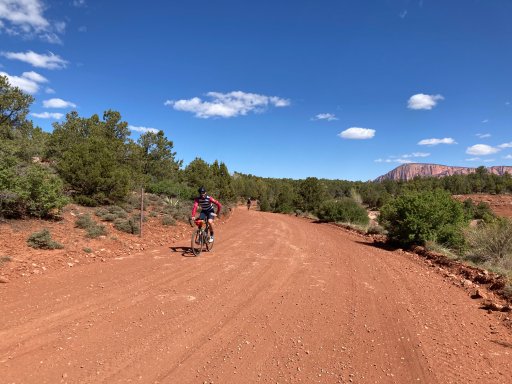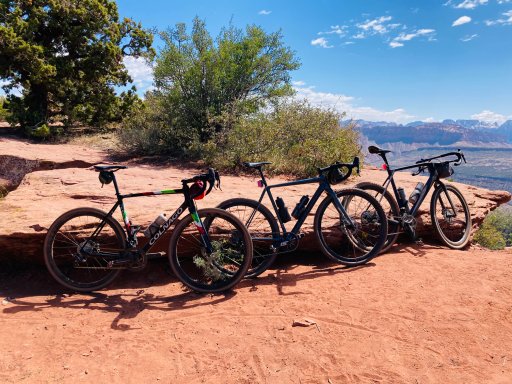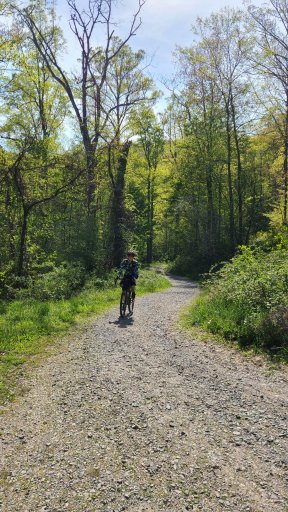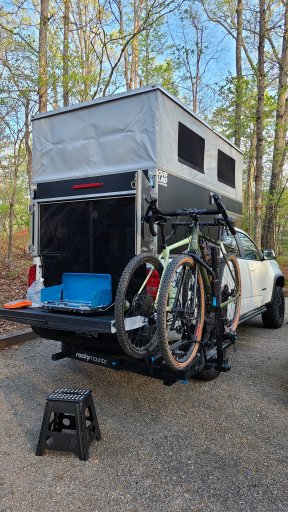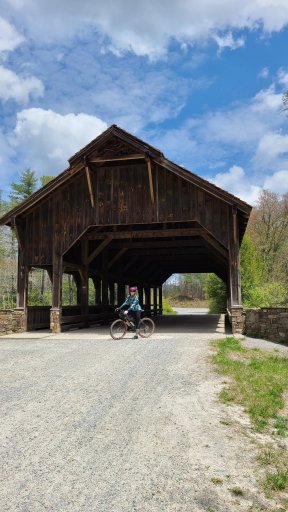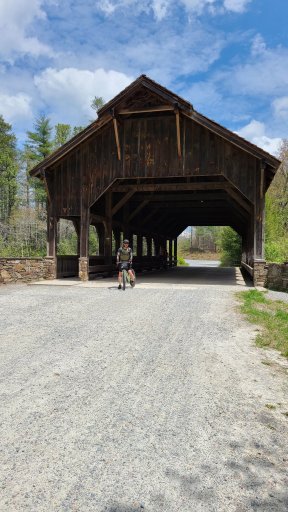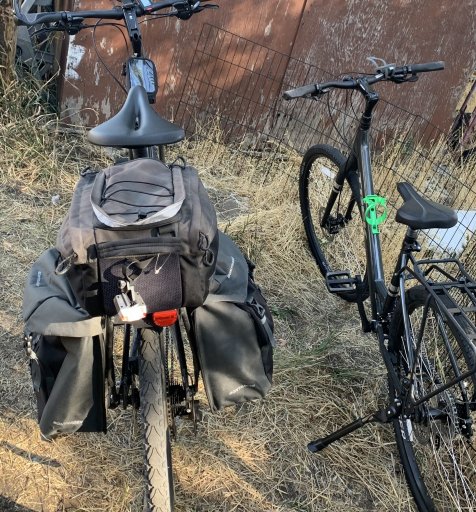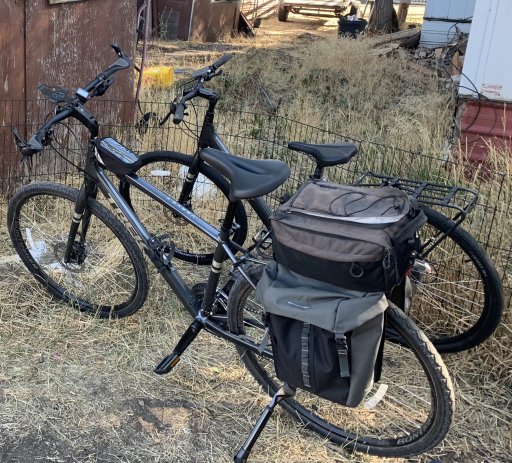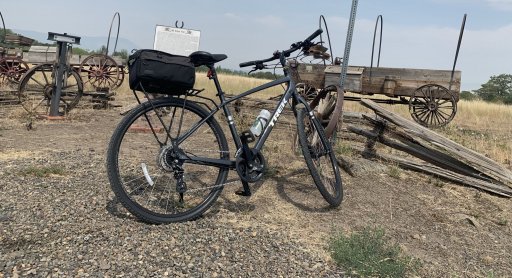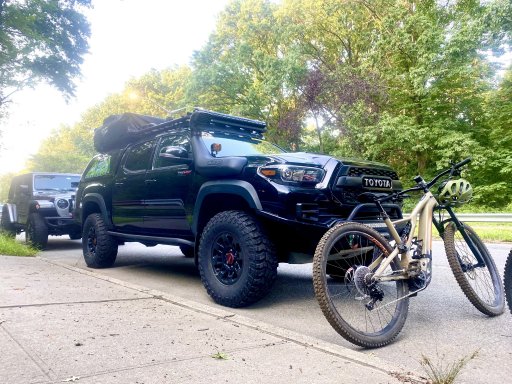Good question
@Nickel :
CX bikes generally have steeper angles, are stiffer, and have a shorter wheelbase to help them whip around the tighter turns on a cross course. These characteristics make the bike a bit twitchy and want to lay themselves down on more sweeping turns. The shorter wheelbase and the frame stiffness makes them a more rougher ride across gravel roads. The bottom brackets on CX bikes tend to be a bit higher as well and overall the geometry puts the rider more over the front of the bike.
Gravel bikes are generally a little slack in the seatpost and headtube angles, more compliant, and have a longer wheelbase to smooth out bumpier roads and improve handling at higher-ish speeds. Lower bottom brackets (from ground to center) lower the center of of gravity and increase stability... less twitchy. Some gravel specific bikes are now allowing for tires up to 50mm as well, but 40-42 is probably the most common range. Comfort = speed (over longer distances)
Also worth noting (only for slight interest) that a bunch of people I know who race cyclocross (but don't win, ever) are just racing on their gravel bikes. I rode a CX bike on gravel roads (and a road bike for that matter) for years... but the first time I descended on a gravel bike (Ibis Hakka MX at a photo shoot) I knew that I had to upgrade to a gravel specific bike.



